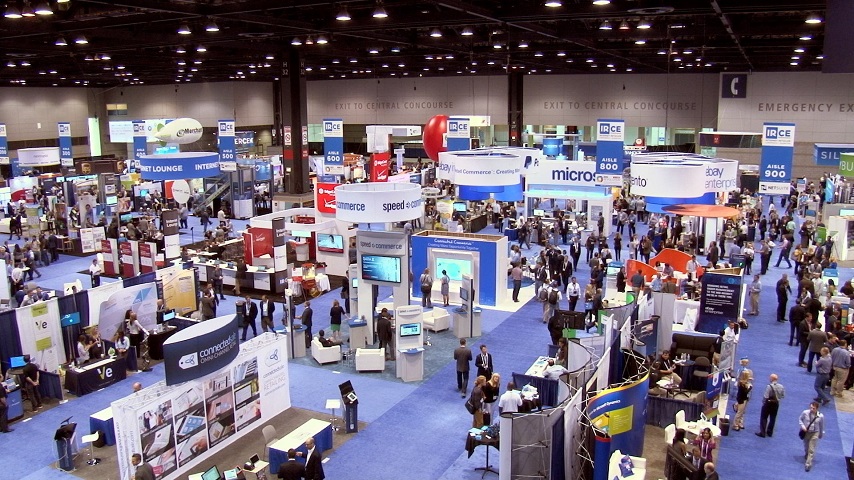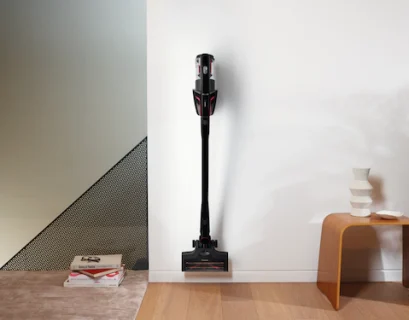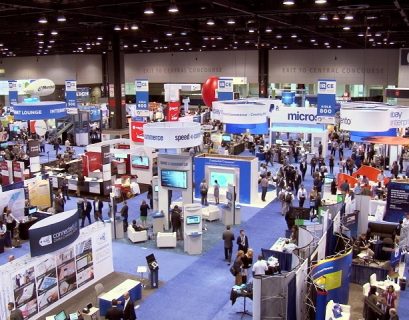Trade shows present a valuable opportunity for businesses to showcase their products, generate leads, and connect with industry peers. But with countless exhibitors vying for attention, it’s crucial to adopt innovative trade show marketing strategies to stand out. Here are three impactful trade show marketing ideas to help event organizers captivate attendees, boost engagement, and maximize ROI.
1. Leverage Interactive Booth Experiences
Interactive booths can transform a traditional trade show experience into a memorable encounter that leaves a lasting impression. By encouraging hands-on participation, you can engage attendees and make your brand stand out among the sea of exhibitors.
How to Implement Interactive Booth Experiences
a. Use Virtual Reality (VR) or Augmented Reality (AR) to Showcase Products
- Virtual Product Demos: If you’re exhibiting products that are too large or complex to bring on-site, VR or AR can provide an immersive, 3D experience of them. Attendees can explore your products as if they’re interacting with them in real life.
- Gamified Experiences: Using VR or AR, create a gamified experience that relates to your brand. For example, if you’re promoting a sustainable product, an AR scavenger hunt could guide participants through a storyline that highlights your product’s benefits and impact.
b. Host Live Product Demonstrations
- Scheduled Demos: Organize live product demonstrations at specific times to create anticipation and attract a crowd. A live demo allows attendees to see the product in action and ask questions, leading to a more personalized experience.
- Interactive Stations: Set up stations where attendees can engage with different features of your product. For instance, a software company might have individual workstations where attendees can test the product’s features with a guided tutorial.
c. Include a “Hands-On” Product Experience
- Product Trials: If possible, offer trials or samples that attendees can test on the spot. For example, beauty brands might provide mini makeovers, or a tech company could let visitors use their gadgets.
- Feedback Stations: Set up a feedback station where attendees can share their thoughts on the product. This can provide valuable insights for your brand while also engaging visitors.
Benefits of Interactive Booths
- Enhanced Engagement: Interactive experiences draw people in, keeping them at your booth longer and improving their engagement with your brand.
- Increased Brand Recall: Attendees are more likely to remember a booth that offered a unique, immersive experience.
- Immediate Feedback: By engaging attendees directly, you gain valuable feedback on your products and messaging, helping you refine your future marketing strategies.
2. Develop a Pre-Event Digital Marketing Campaign
A successful trade show marketing strategy begins well before the event. By building awareness and generating excitement beforehand, you can increase booth traffic and create a sense of exclusivity for your brand’s presence at the show.
How to Implement a Pre-Event Campaign
a. Use Social Media Teasers
- Countdown to the Event: Start a countdown on social media a few weeks prior, highlighting key activities, special giveaways, or exclusive product launches that will be featured at your booth.
- Behind-the-Scenes Content: Share glimpses of your booth setup, product preparation, or travel journey to the event. These behind-the-scenes snapshots humanize your brand and create a sense of anticipation.
b. Create Targeted Email Campaigns
- Segmentation: Send personalized emails to different audience segments (existing customers, prospects, partners) highlighting what they can expect at your booth.
- Exclusive Invitations: Offer “VIP invites” to select attendees, giving them exclusive access to new product launches or one-on-one meetings with executives at your booth.
c. Collaborate with Influencers or Brand Ambassadors
- Pre-Event Content: Partner with industry influencers to promote your presence at the event. This could include sharing an invitation to visit your booth or showcasing a sneak peek of a new product they’ll be exploring at the show.
- Live Takeovers: Plan a booth “takeover” with an influencer during the event, where they’ll engage with your product, conduct interviews, or share their experience through live social media stories.
d. Leverage Event Apps and Networking Platforms
- In-App Advertising: Many trade shows use event apps that attendees check frequently. Consider advertising within the app to promote your booth, product demos, or giveaways.
- Direct Messages: If the event app allows, send direct messages inviting attendees to specific activities at your booth. Personalized invites increase the likelihood of attracting high-value attendees.
Benefits of a Pre-Event Digital Campaign
- Increased Booth Traffic: By promoting your booth ahead of time, you increase the likelihood that attendees will seek you out when they arrive.
- Enhanced Brand Visibility: Pre-event marketing raises awareness and builds excitement, ensuring your brand is top of mind for attendees.
- Quality Lead Generation: Attracting the right attendees to your booth increases your chances of engaging with individuals who are genuinely interested in your product.
3. Incorporate Lead Generation Technology and Follow-Up Strategies
Generating leads is one of the primary objectives of trade show participation. However, gathering contact information alone isn’t enough. To maximize ROI, your strategy should include efficient lead capture and a well-thought-out follow-up plan that nurtures leads after the event.
How to Implement Lead Generation Technology
a. Use Scannable Badges and Lead Capture Apps
- Lead Capture Apps: Equip your booth staff with lead capture apps to collect attendee information quickly and accurately. These apps often allow you to add notes about each lead, helping you remember key details.
- Badge Scanners: If the event supports scannable badges, use a badge scanner to streamline the process of capturing contact details. This saves time and minimizes errors in data entry.
b. Offer a Digital Takeaway with Data Capture
- Ebooks or Whitepapers: Offer a valuable resource, like an ebook or whitepaper, in exchange for attendee contact information. This method not only captures leads but also positions your brand as a knowledge leader.
- Demo or Video Access: Provide access to a recorded demo, product tour, or case study video in exchange for an email sign-up. Attendees can view the content after the event, extending the engagement.
c. Implement Post-Event Lead Nurturing
- Segmented Follow-Up Emails: After the event, send personalized follow-up emails tailored to each lead’s interactions at your booth. For instance, attendees interested in a specific product can receive additional information or case studies relevant to that product.
- Retargeting Ads: Use retargeting ads to reach attendees after the event, reminding them of your booth and driving them back to your website to learn more.
- Follow-Up Calls and Meetings: For high-priority leads, schedule follow-up calls or virtual meetings to deepen the relationship and address any remaining questions.
Benefits of Effective Lead Generation and Follow-Up
- Higher Conversion Rates: Well-organized lead capture and targeted follow-ups increase the likelihood that leads will convert into customers.
- Improved Data Accuracy: Digital lead capture minimizes manual data entry errors, ensuring that the contact information you collect is accurate and up-to-date.
- Stronger ROI: A strategic follow-up plan helps maximize the value of every lead you captured, making your trade show investment more worthwhile.
Conclusion
Trade shows can be an incredibly effective marketing channel for B2B businesses, but standing out requires creativity and strategy. By implementing interactive booth experiences, launching pre-event digital marketing campaigns, and optimizing lead capture and follow-up, you can increase attendee engagement, boost brand visibility, and drive conversions.












